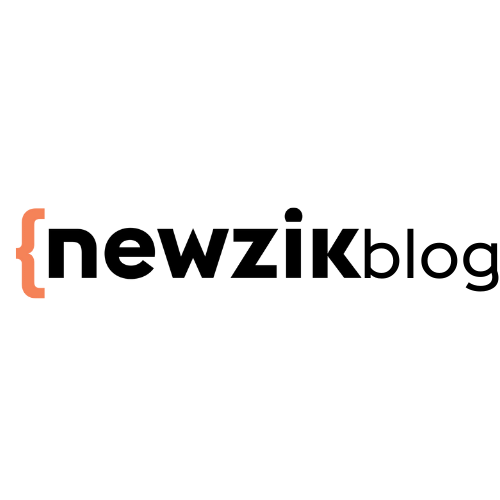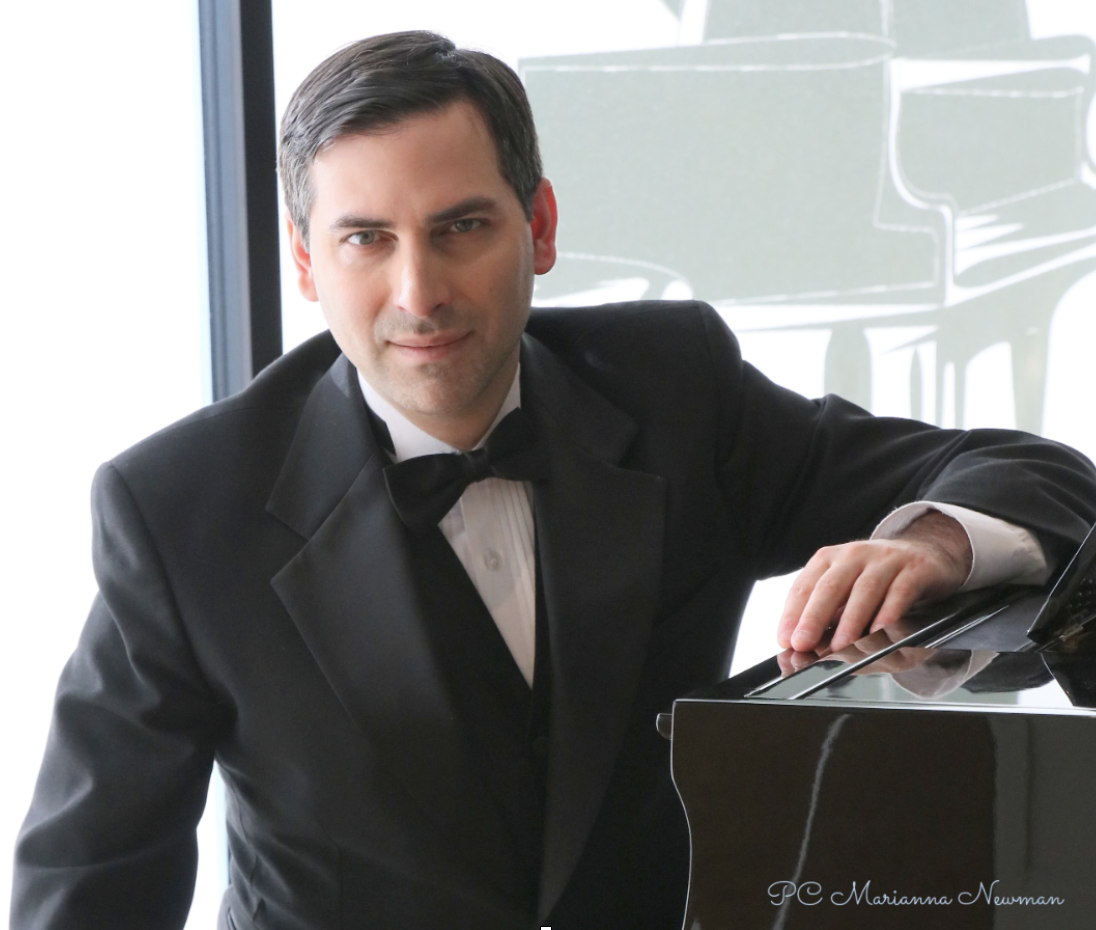Learning the piano in 2023 according to Dan Fogel
Interview with Dan Fogel, pianist, eminent piano teacher and accompanist based on Long Island, New York (USA).
Trained in piano and pedagogy by professors at the Crane School of Music and NYU (New York University), Dan Fogel teaches and performs in the New York area and in virtual concerts throughout the United States. As a private piano teacher, Dan is dedicated to educating passionate students and professionals alike. His pedagogy is inspired by art and the innovations infused by transformative iOS apps.
Who's behind Dan Fogel?
I was immersed in music from an early age, my mother being a violinist. Stony Brook University and its graduate music students were just a few minutes from my home. I took part in summer programs there and in Interlochen, an international music camp.
Today, in the course of a normal week, I teach 30 students, give a public concert, play for a wedding, a private party, a church choir, a synagogue, and even some senior citizen communities. I also coach and accompany instrumentalists and singers, and perform duets with some wonderful musicians.
How long have you been giving piano lessons?
It's been 23 years (since I was 16). I'm proud to have helped my students move into a variety of musical professions in composition, teaching, music production and education. I love training professional musicians and amateur musicians who want to broaden their musical horizons!
How do you teach piano?
Each student has a unique learning pattern, strengths and weaknesses, so I help students personalize their learning rather than give them didactic orders. Music must be internalized, personalized, understood and communicated in a unique way, not simply limited and obeyed.
My lessons integrate a mix of stylistic interpretation, technique, supervised practice, theory, strategies for overcoming obstacles, listening, improvisation and playing by ear.
The metronome is an excellent training tool, but to encourage freedom, we gradually remove the beats until there is only one click per beat, or every other beat. I use metaphors and images to relate the music to the students' lived experience. With children, learning is linked to their creative imagination, various arts (creative writing, drawing and movement), games and fun video filters like a cat video filter, a short story or illustrations.
How do you stimulate your students?
I give them a varied repertoire with which they can identify personally. Students are involved in selecting the pieces to which they respond, rather than having my own preferences imposed on them. They are also encouraged to explore and start new pieces on their own.
My students are eager to share their musical learning with friends and family, to take part in voluntary public performances, and some are even motivated by recitals and competitions.
With my students, I use technology in creative ways: filtered videos or green screen recordings, fun applications to teach fundamentals, or to take advantage of Newzik's annotation and multimedia and multimedia capabilities of Newzik. For children, I also offer rewards for effort and quality of practice.
What technology do you use?
For access to a large repertoire, I rely on the public domain sources of imslp.org or on the database of millions of scores at my fingertips on sheetmusicdirect.com and its application.
Newzik's multifaceted PDF score annotation iOS app is incredible. We scan in public domain scores, or purchased scores, and paper becomes obsolete. These days, giving students sheet music on paper is like asking a young writer to write on a typewriter. Annotation layers allow students to personalize their own reminders, and to activate or deactivate various markings according to their area of interest during a practice session.
The idea is that students can evaluate their rhythm, harmony, phrased and dynamics, or emojis to break down the piece. We record or import the audio of a piece so that students can hear an interpretation model, play duets or backing tracks, critique their own interpretations, listen to guided exercises or specific passages. The transposition function allows us to work on both ear training and applied theory.
I import inspirational YouTube videos or demonstrations of technical and musical strategies. We use the shared library project and tagging features to organize their library into different genres and repertoire levels, as well as for non-repertoire such as sight-reading, technique, scales and other rudiments.
What tips and applications do you use?
Among the iOS applications, I can mention :
Speak Beat Metronome & Rhythm Cat for rythm training with human-voice counting that attracts attention and helps the student master a rythm & Metronome Ϟ to teach rubato (through a pedagogical system that progressively removes beats),
Music Flash Class, Piano Maestro for children, Read Ahead or Sight Reading Factory for notation and sight reading,
Tenuto (MusicTheory.Net) for theoretical exercises,
SnapChat, with fun video filters for kids to download.
For remote courses, we use several devices simultaneously, the high-fidelity audio mode of Zoom Meeting and/or FaceTime, and Newzik to view the same music in real time!
Do you use Newzik on a daily basis?
Yes! Newzik has transformed me as a teacher and performer. Not only for the features mentioned above, but also for the organization of song lists and projects from which I perform several hundred times a year. I use Newzik for every performance and every rehearsal. Projects offer the added advantage of saving time when collaborating with colleagues, as well as for students who benefit from all the annotations / recordings I've produced for other students.
I use paper so little that I sometimes find myself tapping on a page, expecting it to turn on its own! It always seems so small to me that I can't zoom or cropadd multimedia elements or delete annotations instantly. Zooming in is essential when using Newzik. It helps to clarify dense passages, as well as to annotate cleanly. With paper scores, not only am I clumsy when turning the pages, but some scores require several pages to be placed side by side, which can lead to awkward tension and neck contortion.
Older students can be a little hesitant at first, but they always end up thanking me, and usually end up buying an iPad Pro 12.9 inch with no regrets. I'm still excited about testing out Newzik's new features! I hope Newzik becomes the industry standard in colleges and private studios across the U.S. and around the world.
Do you think it's easier to teach piano in 2023 than it used to be?
Today's students have shorter attention spans, making it difficult to capture their attention without modern technology. Although, as a lover of digital innovations, I think it's easier for me to adapt, it can be difficult for students who grew up without it. Despite this, even my students in their seventies have been won over!
The constraint today is that once we've finally gotten used to an interface, it changes with an update or requires an expensive new iPad to work properly. Teachers and professionals have to continually self-train to keep up with the changes and find ways to adapt to students. Some can't afford a new iPad, or prefer not to use new technologies at all.
Despite improved technological applications, today's media-inundated students can become impatient and expect shortcuts and quick results with little effort. It's easy for students to become distracted when they have unregulated access to games, streaming shows and movies. And, unfortunately, they can be even more tempted by distractions when they have access to their iPads for practice.
What do you think piano learning will look like in the years to come?
I would like distance learning and personal practice become more accessible through the use of holograms, customizable players, robotic arms and highly intuitive computer-based learning tools that adapt to the needs of each student.
It would be great if computer-assisted learning platforms could facilitate effective and efficient practice, instilling effective habits of passage-cutting, mindful practice and artistic musical play in students from the first time they start working on a score. Modular piano keys could become more accessible, so that students with smaller hands can easily reach chords and intervals without tiring.
On the other hand, I fear that some mediocre platforms will overtake the best by devoting immense resources to advertising. Teachers need to work together for good teaching! But I prefer to remain optimistic.

